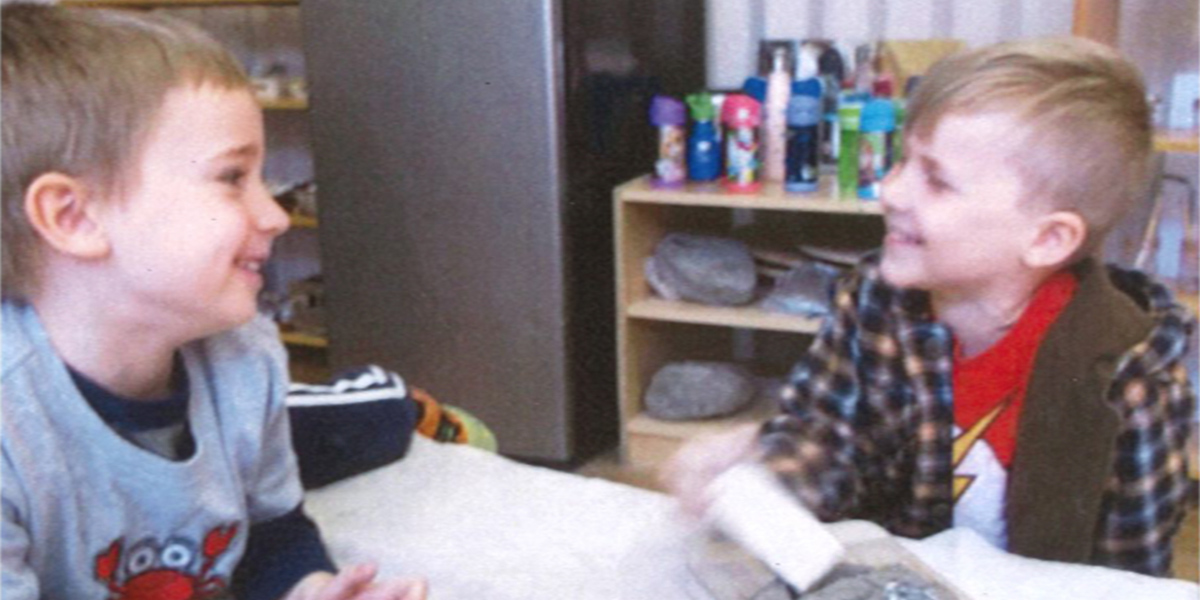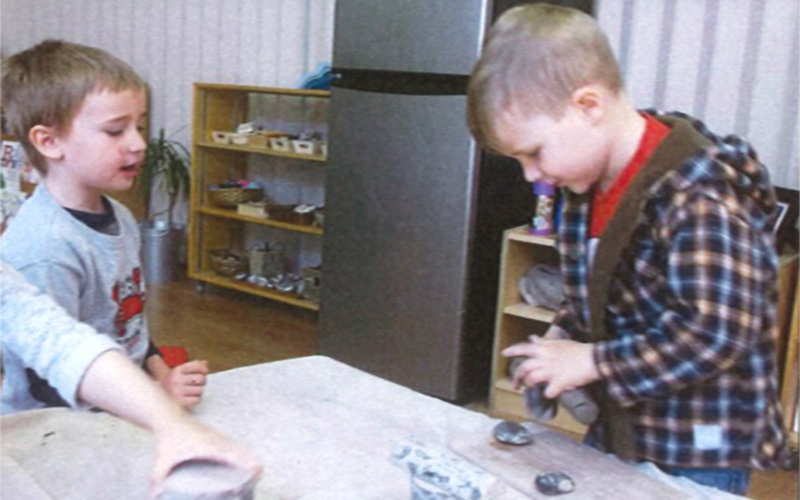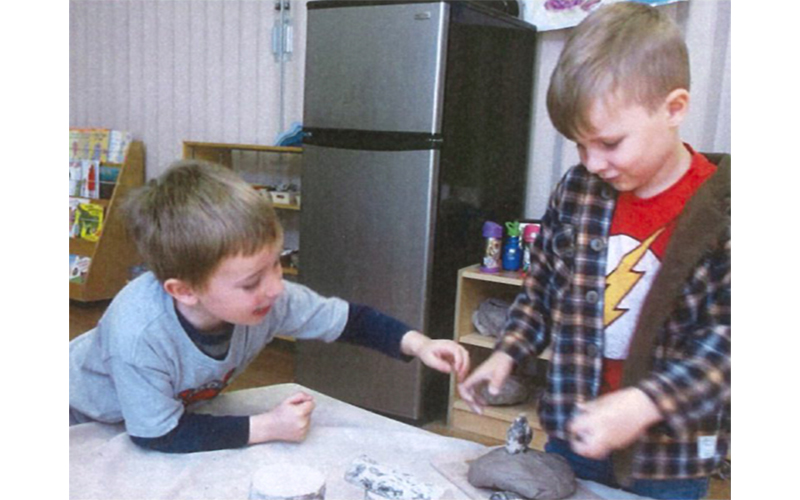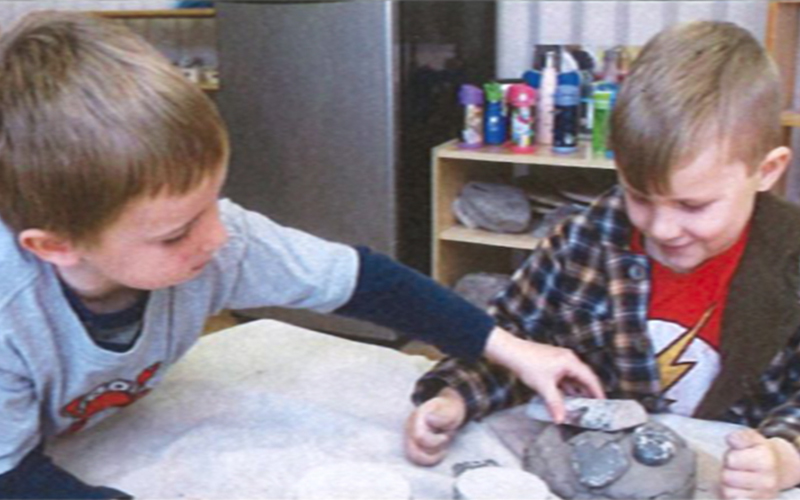
From Maryam, our Learning Centre Director:
Re-visiting is one of the most important roles of Pedagogical Documentation. Through the process of re-visiting, educators children and families get the chance to remember the experiences that they shared together. They can reflect on their previous thoughts, and plan for the future.
This week, we share a story from Trish, one of our preschool educators and a Frog Hollow Reggio-Inspired Mentor. In this story, Trish uses re-visiting to reflect and problem-solve with two children.
W & E are close friends who spend quite a bit of time together at the Preschool. One day as the two children were playing with Lego, they found it difficult to work together. They were having altercations and conflict about who did what and how many pieces they should each have.
The following day, when this happened again, Trish found an appropriate moment to talk to both W & E. She brought their attention to photos from their play with both Lego and Clay. She reflected on their feelings and experiences with both clay and Lego and the differences of the circumstances: one play was very peaceful and the other was not.
The act of re-visiting made it possible for the children to remember their own thinking and emotions. Re-visiting gave them the opportunity to think ahead for future experiences.
If you are interested in learning more about using the process of re-visiting effectively, you can still register for our upcoming workshop on November 6th.
I wanted to share these photos with E and W and ask them a few questions about this experience that happened with the clay
Trish: What do these photos remind you of?
W: Playing with “Chompy” in the clay
When you two look at these photos, do you remember how you felt?
E: Happy but I’m feeling mad at the moment
T: I’m glad that you recognize you are happy in these photos and that right now you feel mad about what has happened today. When I look at these photos, this is what I can see: W works on something with the clay, then E adds something, then W adds something and E adds something. In this last photo, you are both smiling to each other. From what I can tell from these photos, you two are working well together and you both seem pleased in the final photo. But yesterday I remember you two were having many issues when you were using the Lego together and I don’t remember many smiles yesterday. You two seemed angry with each other.
E: Yes
W: Yes, I remember
T: I’m interested to know if you two can tell me the difference between how you worked with the clay compared to using the Lego yesterday?
W: I know… in the photos we talked about our ideas first before actually doing them.
T: Ohhh, so it seems you both appreciate when you each share your ideas before putting them into action?
W and E: Yes!
T: So what is something we could do that would encourage us or give us a cue to remember that we all appreciate when our ideas are shared first while we are playing together?
E: We could look at these photos?
T: So if we hang these photos around the room, looking at them would help us remember to share our ideas before putting them into action?
W: Yes, let’s try it!



